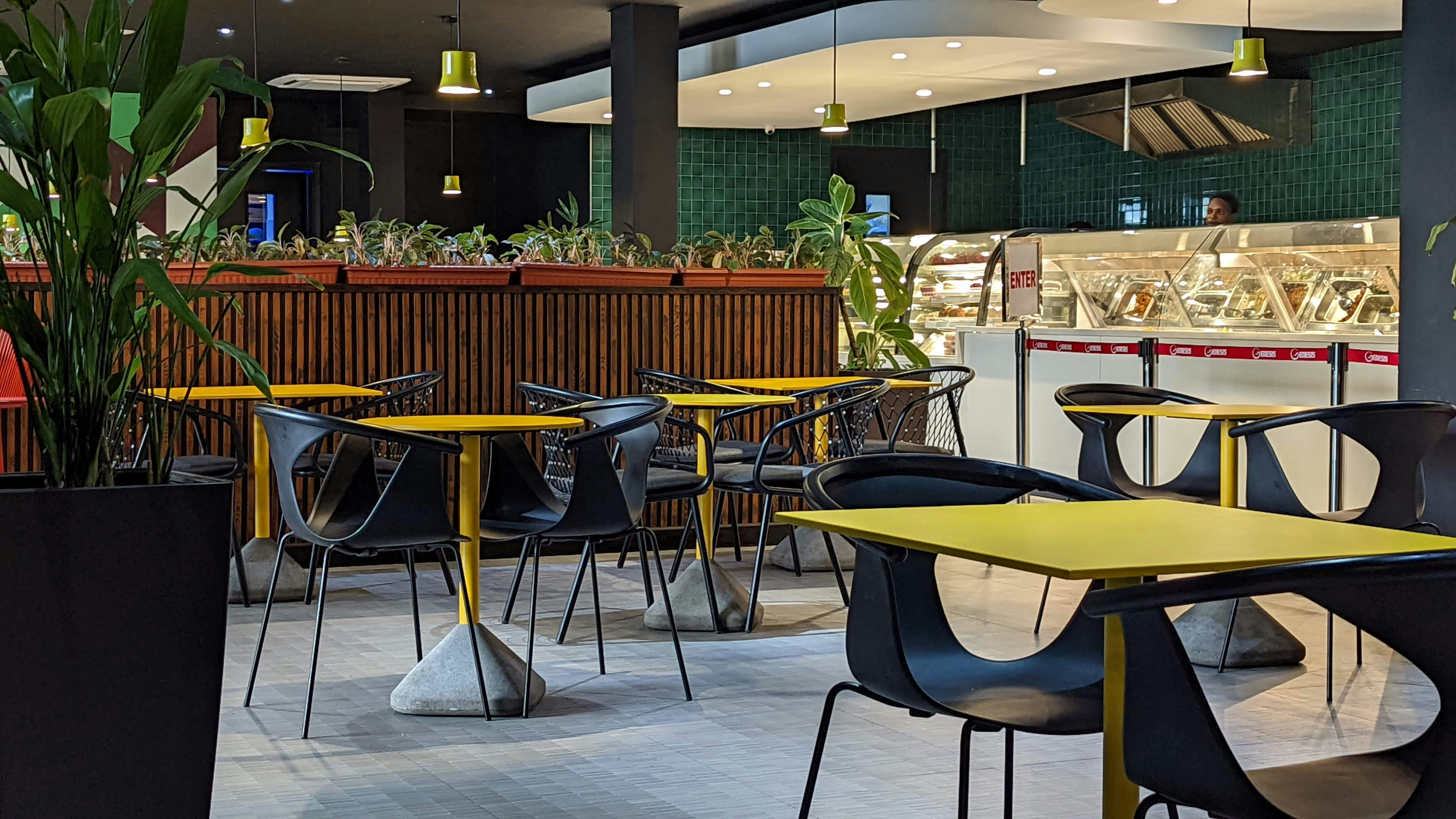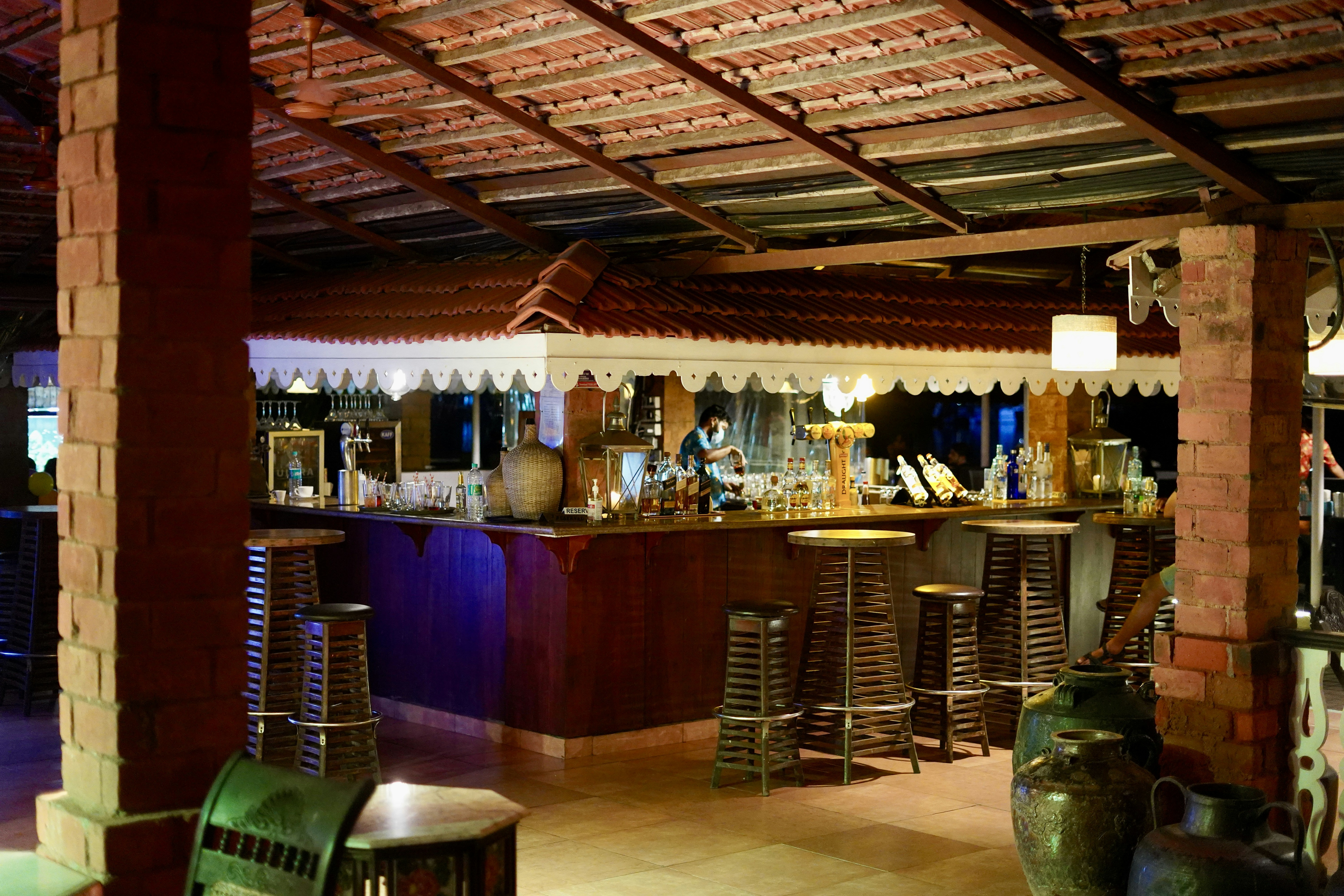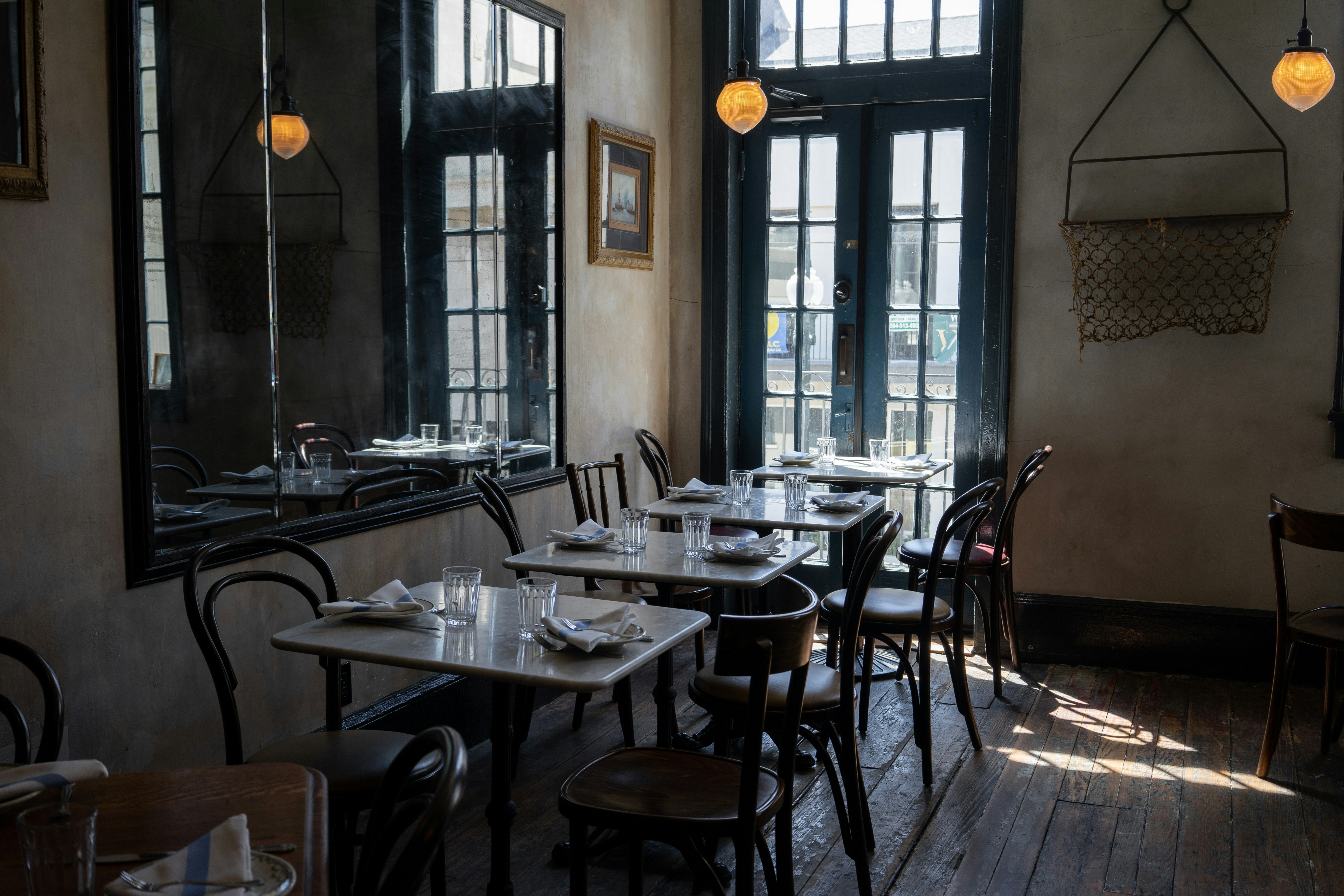Optimizing Restaurant Operations: The Shift Towards First-Party Ordering and Delivery
Explore how restaurants are adapting their operations to prioritize first-party ordering and delivery channels over third-party aggregators.

Photo by Yevgeniya Tyumina on Unsplash
The Importance of Direct Customer Relationships
In the competitive restaurant industry, establishing direct relationships with customers has become a crucial aspect of operation strategies. With the rise of third-party aggregators imposing high commissions and leading to increased prices for delivered food, many restaurants, especially in the pizza segment, are now focusing on steering customers toward their own ordering channels. By taking control of the ordering process, restaurants can gather valuable data and create personalized experiences for their guests, ultimately enhancing customer loyalty.
Challenges with Third-Party Platforms
While third-party delivery services offer convenience, they often come with drawbacks for restaurants. These platforms limit the restaurant's ability to influence repeat purchases and provide a personalized experience. Restaurants lose out on valuable customer data and face challenges in differentiating themselves, especially in offering a variety of menu options that cater to diverse customer preferences.

Photo by Yevgeniya Tyumina on Unsplash
Enhancing Loyalty Programs for Repeat Business
Loyalty programs play a significant role in driving first-party delivery orders and encouraging customer retention. Beyond offering routine discounts, modern loyalty programs focus on providing personalized experiences, exclusive merchandise, and early access to promotions. By leveraging data from loyalty programs, restaurants can tailor recommendations to individual customers, enhancing the overall guest experience and increasing repeat purchases.

Photo by Yevgeniya Tyumina on Unsplash
The Rise of Second-Party Delivery Models
As restaurants navigate the complexities of delivery operations, a shift towards second-party delivery models is gaining traction. By utilizing dedicated on-demand delivery drivers, establishments can maintain control over the delivery process while benefiting from the flexibility and cost-effectiveness of contractor relationships. This approach bridges the gap between in-house and third-party delivery, offering a hybrid solution that optimizes efficiency and customer experience.

Photo by Yevgeniya Tyumina on Unsplash
Future of Restaurant Delivery
Looking ahead, the restaurant industry is poised to witness advancements in delivery technologies to streamline operations and enhance efficiency. While concerns over cost and control persist, innovations such as drones and self-driving vehicles are on the horizon. However, the focus remains on optimizing current delivery models by prioritizing first-party ordering and delivery, ensuring a balance between operational effectiveness and customer satisfaction.